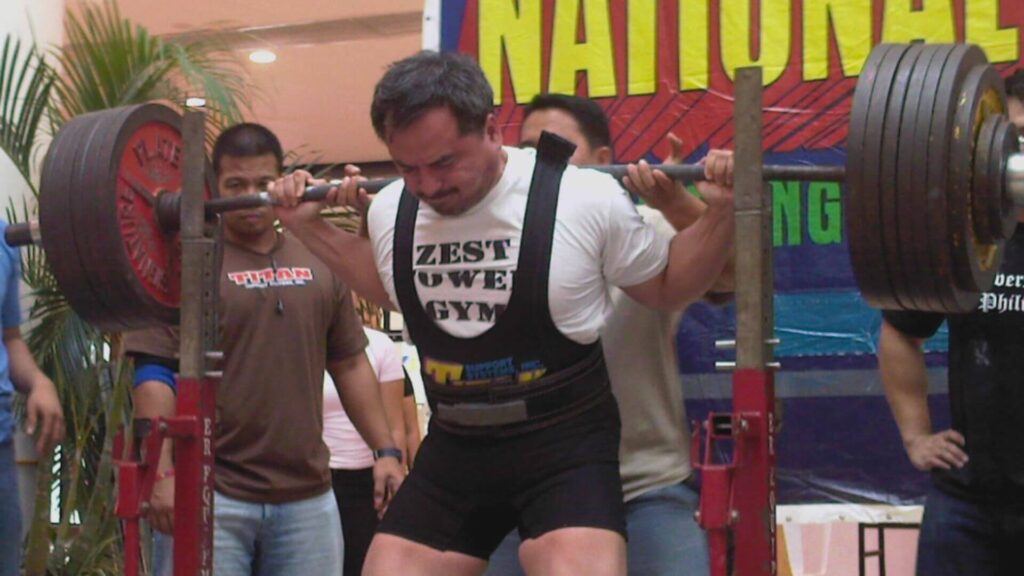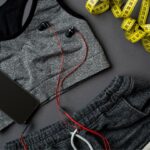We are undoubtedly in the golden era of evidence-based training. With the leading sports scientists and coaches pumping out study after study of new research on the optimal ways to train, it’s almost impossible (or ignorant) to not be updated with the latest research on the basics of sports performance and physiology if you’re a half-decent fitness professional or coach. From the principles of progressive overload, fatigue-management concepts and basic nutrition, some theories have been studied so much that they are now borderline facts that are very unlikely to be updated or debunked. However, if you’ve delved deeply enough into the intricacies of evidence-based training, you will find that there will be A LOT of instances that you will observe phenomena that simply have not been completely covered by modern research. Quite simply put, when studying humans, there will be limitations to what methodologies you can use and some of these tests you’d want to do are simply inhumane and would land you in the locker for hard human rights violations.

(Eddie Torres, 340kg equipped Squat in his middle 40s at 98KG, still the heaviest absolute in the Philippines)
More beautifully put, there are thousands of different sports with millions of unique athletes and every single one of those minds has their unique experiences. Actual hard training experience teaches a whole lot of lessons that just simply cannot be read in books and tackled in research. This is a reason why you see an almost infinite number of variations in training methods being used in different sports and what still makes training and coaching exciting. It’s quite simply the manifestation of the experiences of coaches that come up with the methods developed through the continuous mastery of their craft.
As much as evidence-based training has helped standardized most of the basics for progression, there is still so much that can be learned through getting your feet wet, throwing yourself in the field and immersing yourself in the culture of the sport or lifestyle you’re trying to master. Having been in Powerlifting for more than 20 years, every so often I still end up learning so much from my fellow coaches and athletes.

(Raymond Debuque aged 8 and 29 squatting 285kg in competition)
Training under different conditions and various levels, I’ve been lucky enough to have trained and chatted with various types of good coaches who have found success in their field in one form or another. The one common trait that all the successful coaches share is the passion for the sport they’re teaching. They find ways to empathize with their athletes and make sure to exhaust all means for their athletes to achieve their goals, even if it means moving out of the comfort zone of training methods. That being said, coaches still need to be somewhat updated with the current state of training literature in hopes of picking up another thing or two to add to their toolbox. However, a great coach accepts the fact that training is NOT, and most likely, will never be a hard science and that’s the beauty of it.
If you’re an aspiring coach or even an athlete reading this article, know that you will be faced with challenges with clients struggling to progress. You will look at books, research and even move it up a notch and attend premium seminars and courses. Despite these, there will be times that nothing seems to be working. During these times, learn to accept the fact that there simply just isn’t enough research out there yet to help you give black and white solutions to your clients, and that in the world of coaching, you will be navigating that blind spot in research without a map. The only thing that can help you out here is to explore and experience these areas through training yourself and training other people in ways that go beyond what the research says. Through years of purposeful training and passionate coaching, you will gain a certain degree of mastery that will separate you from the average by-the-book coach or trainer.
If you’ve made it to the end of this article, I hope you picked up something valuable and you don’t lose hope of helping your clients reach their goals. Go get your feet wet and see you on the floor.


